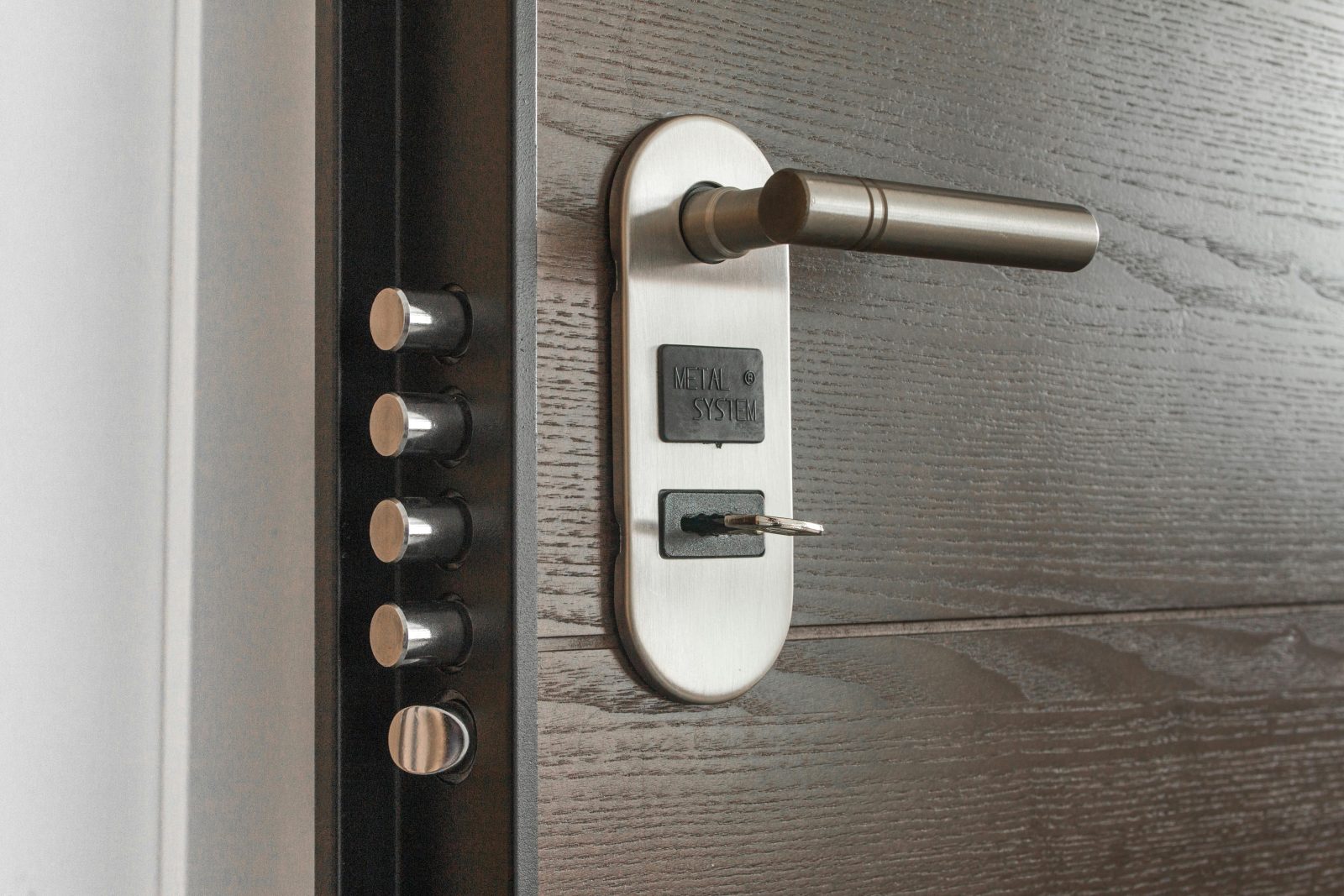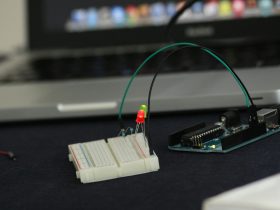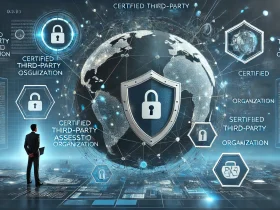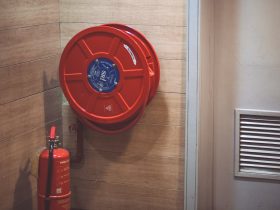Table of Contents:
- The Importance of Secure Locks
- Different Types of Locks and Their Uses
- Choosing the Right Lock for Your Home
- Tips for Professional Lock Installation
- Maintenance and Repair of Locks
- Emergency Lockout Solutions
- When to Consider Replacing Your Locks
- The Future of Lock Security Technologies
The Importance of Secure Locks
Robust locking mechanisms are the frontline defense against unauthorized entry, making secure locks fundamental to any home security strategy. Opting for advanced solutions like the electronic door lock Orlando offers enhanced features such as remote access and biometric authentication, aligning modern security needs with technological advancements. Investing in reliable locks not only deters intruders but also provides peace of mind for homeowners, knowing their property is well-protected around the clock.
Different Types of Locks and Their Uses
Understanding the types of locks available allows homeowners to tailor their security measures to specific needs. Deadbolts are a standard choice for primary entry points due to their robustness, while smart locks provide flexibility and remote management options for tech-savvy users. Lever handle locks are practical for interior use, offering basic security and ease of operation. Gaining insight into the various lock types enables informed decision-making to enhance a home’s security plan.
Choosing the Right Lock for Your Home
Selecting the appropriate lock involves assessing several criteria, including durability, ease of use, and compatibility with existing systems. To maintain visual harmony with the home’s design, consideration should also be given to aesthetics, especially for conspicuous placements. A lock that is both robust and easy to operate ensures maximum security without compromising convenience. Aligning these factors with your budget and technological preferences supports choosing a suitable locking solution that meets all needs and expectations.
Tips for Professional Lock Installation
Professional installation guarantees that locks are fitted accurately, minimizing potential vulnerabilities. Specialized knowledge and tools ensure that complex systems like smart locks are fully functional and secure. Professional installers also guide maximizing lock effectiveness and maintaining system resilience against tampering or forced entry, reinforcing the overall security structure of the home.
Maintenance and Repair of Locks
Routine maintenance is vital for keeping locks in optimal condition. Tasks such as lubricating moving parts prevent mechanical wear, while regular inspections can reveal emerging issues before they lead to significant security breaches. Addressing malfunctioning components swiftly, like a stiff keyhole, ensures the entire locking system remains reliable and effective over its operational lifespan.
Emergency Lockout Solutions
Preparation is key to handling lockout situations with minimal stress. Proactive measures, such as having spare keys managed by trusted individuals or in secure locations, are highly effective. Building a relationship with a reliable locksmith ensures quick service during emergencies, while basic knowledge of unlocking methods can provide an immediate solution in certain situations.
When to Consider Replacing Your Locks
Lock replacement should occur under specific circumstances to maintain security integrity. Moving into a new home warrants new locks to eliminate old access. Additionally, if a lock shows signs of wear or has been compromised, replacing it with a modern, more secure version is advisable. Routine upgrades also provide opportunities to integrate newer technologies with improved security and user convenience.
The Future of Lock Security Technologies
The landscape of lock technology is continuously evolving, with innovations such as biometric systems and smart integration providing more secure and convenient options. These technological advancements enable better control and personalization of home security, ensuring that protective measures are robust and adaptable to users’ changing needs and behaviors.








Leave a Reply